History Runs Deep at Arkansas’ Hot Springs National Park
From indigenous Americans and 19th-century settlers to 20th-century gangsters and today’s tourists, the allure of this national park lives on
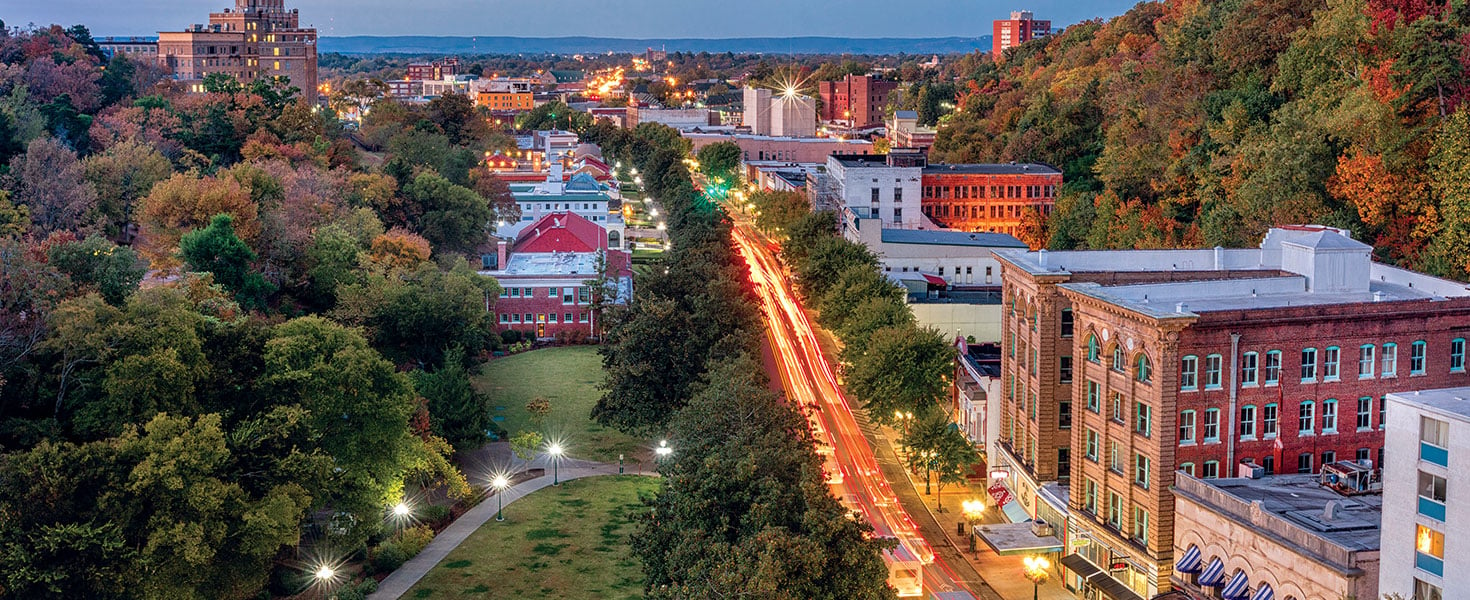
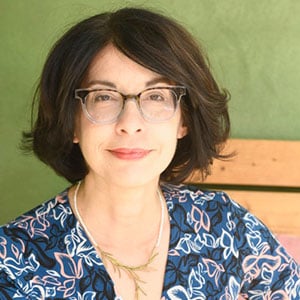
Downtown Hot Springs. Photo courtesy of Visit Hot Springs
Hot Springs, Arkansas, has a lot of stories to tell. About being the nation’s “first” unofficial national park. About the gangsters who came to gamble and the sluggers who came to bat. My story begins where all of these do, at the source: the 47 geothermal hot springs that give the town its name and allure.
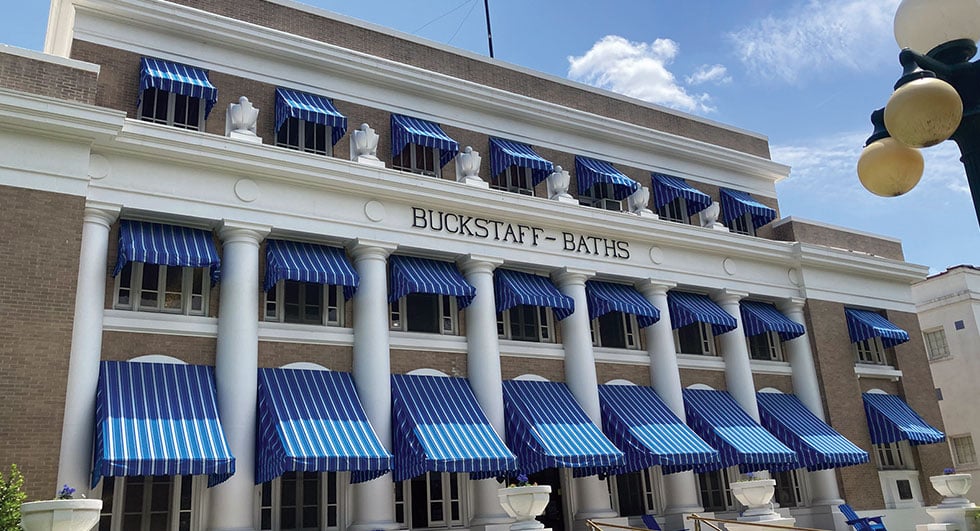 Buckstaff Bathhouse. Photo by JoAnn Greco
Buckstaff Bathhouse. Photo by JoAnn Greco
Specifically, it places me at the Buckstaff Bathhouse, where I’ve passed under a row of cerulean awnings and into history. The floor is mosaic, the check-in desk marble, the elevator antique. Upstairs in the women’s lounge, large windows let in the Arkansas sunshine and a dozen or so private changing rooms are painted in the spa’s signature brilliant blue.
My pleasure at what looks to be a promising mix of the vintage and the luxe is dispelled as I am briskly wrapped in a thin sheet and shuttled off to the treatment area. Here, the vibe skews quasi-hospital, with plain-white penny tiles and rows of institutional steel cots. Suddenly, it feels like 1912 all over again—the year the Buckstaff opened—and so this spa is all business, with nary a fluffy robe or fancy lotion to be found.
 Fishing is a popular pastime in Hot Springs. Photo courtesy of Visit Hot Springs
Fishing is a popular pastime in Hot Springs. Photo courtesy of Visit Hot Springs
“Turn around and face the wall, please,” Theresa, my attendant, says. She unfurls my sheet, holding it up like a curtain and tells me to step into a large porcelain tub filled with 102-degree water. Then, she turns on a thunderingly loud apparatus (the bath’s primitive whirlpool-maker), instructs me to lean back against a wood board and leaves me to soak.
When Theresa returns, she takes me to a sitz bath, where I spend an ungainly 10 minutes designed to soothe my nether regions. Next, I’m placed in a contraption that looks like a torture device but is merely a stainless steel box with two doors that wrap around my upper torso and neck, leaving a cutout for my head so that I can breathe in hot vapors.
The experience sounds off-putting, but my skin feels silky, my body soporific and my mind stimulated. I realize that this odd ordeal is aimed at helping visitors understand that the Hot Springs bathhouses were set up not for relaxing and pampering but for healing and curing. It’s because of the purported restorative power of the minerals in the springs—mainly bicarbonate, silica and calcium—that this city of 38,000 in the Ouachita Mountains was first incorporated in 1851.
Today, some 3 million people come annually to down barbecue and beer, fish and kayak in the area’s sparkling lakes, and dig for crystals in its glittering mines. And, they come to hike the 26 miles of trails of what we now call Hot Springs National Park, which in 1832 became the first land set aside by the federal government for preservation. Forty years would pass before Yellowstone officially was named our first national park.
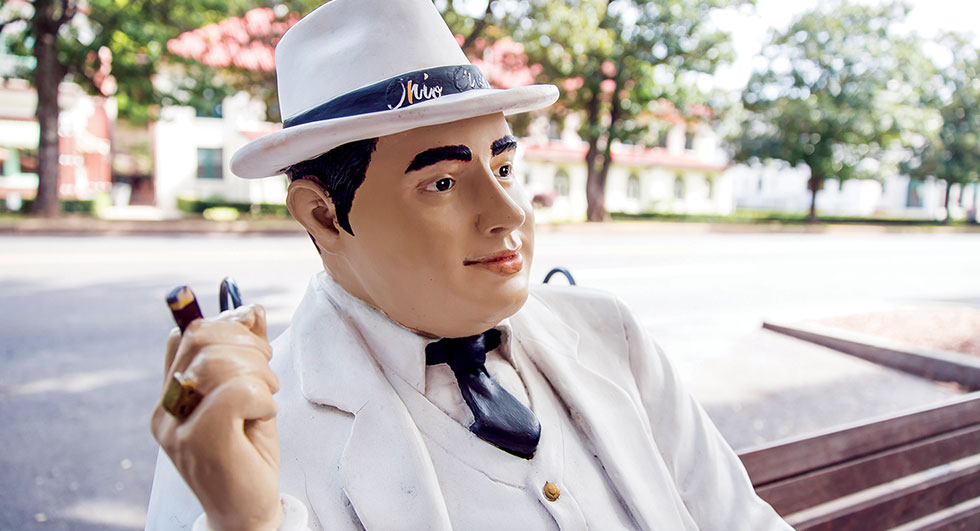 Al Capone was one of Hot Springs' more notorious visitors. Photo courtesy of Visit Hot Springs
Al Capone was one of Hot Springs' more notorious visitors. Photo courtesy of Visit Hot Springs
A BIT OF HISTORY
By the early 1800s, settlers had joined the indigenous Quapaws in exploring and enjoying the hot springs. And as a city developed around the springs, other, more notorious visitors flocked to the area. Their naughty deeds are nicely detailed at downtown’s Gangster Museum, where a gray-suited, Fedora-sporting guide, Birdman, leans into his role with a melodious baritone and richly ironic delivery. “In 1927,” he begins, “Leo Patrick McLaughlin got things organized when he was elected mayor and opened up the town to gambling in order to boost tourism.”
And so, mobsters like Al Capone and Lucky Luciano arrived, creating a “sin city” of sorts two decades before Las Vegas. Another gallery touches on a different set of rascals: hard-living baseball players such as Babe Ruth and Ty Cobb. Drawn by the waters and warmth, dozens of future hall-of-famers trained here during the winter from the 1880s through the 1930s.
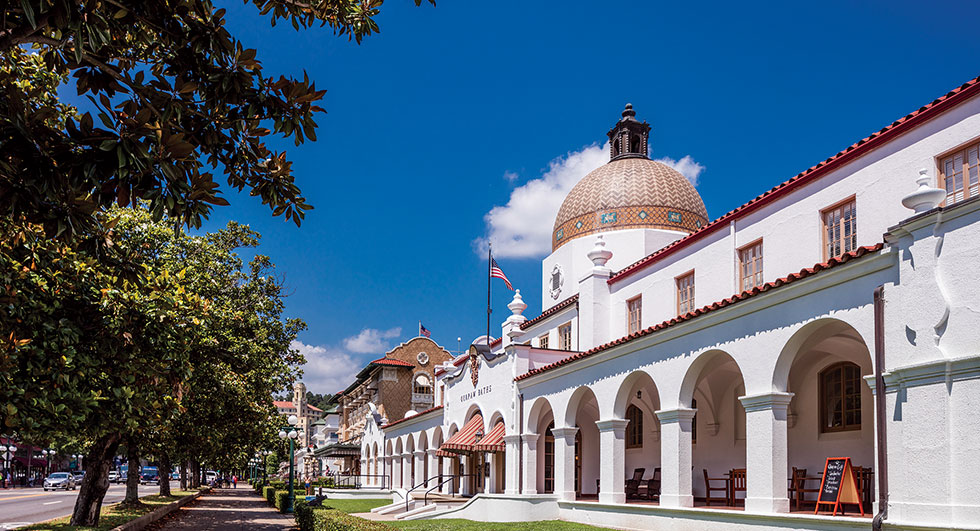 Quapaw Baths & Spa on Bathhouse Row. Photo courtesy of Visit Hot Springs
Quapaw Baths & Spa on Bathhouse Row. Photo courtesy of Visit Hot Springs
STEPPING INTO THE PRESENT
The museum is situated on a half-mile portion of Central Avenue that bisects the two sides of the national park, which slopes upward behind its streetscapes. Alongside the museum, the historic buildings from which doctors once wrote the prescriptions necessary for taking the waters now house shops selling tchotchkes, crystals and clothing, as well as old-timey restaurants (like The Pancake Shop, a local favorite for nearly 85 years) and upstart eateries (such as Kollective, where simple sandwiches and complicated salads offer respite from the region’s heavier cuisine).
Across the street, visitors can enter the east side of the 5,000-acre national park at ground level or climb an elegant stone staircase to a promenade for a bird’s-eye view of downtown. Lining the street below is the city’s pièce de résistance: Bathhouse Row. By the 1980s, seven of these eight architecturally splendid Victorian-era buildings were shuttered (the continuously operated Buckstaff being the exception) and sat abandoned until the National Park Service (NPS) embarked on a program to find them tenants.
Superior Bathhouse, the first in the row, was an early success when an eponymous brewery opened in 2013, the only one to be found in a national park.
“Just as wine is tied to its terroir, the style of beer is directly related to its water. Our water is very similar to Cologne’s, so we make great German beer,” owner Rose Schweikhart says.
A boutique hotel and restaurant, modern spa and cultural center have since moved into the other bathhouses. At Fordyce Bathhouse, the NPS’s museum features exhibits on the springs’ geology, displays of medical devices and spa furniture, and an in situ gymnasium. The NPS has also transformed Lamar Bathhouse at the southern end into a gift shop.
Ahhh, here at last and ready for purchase are thick bathrobes, chunky soaps and gentle loofahs. It’s the 21st-century: go ahead, treat yourself.
